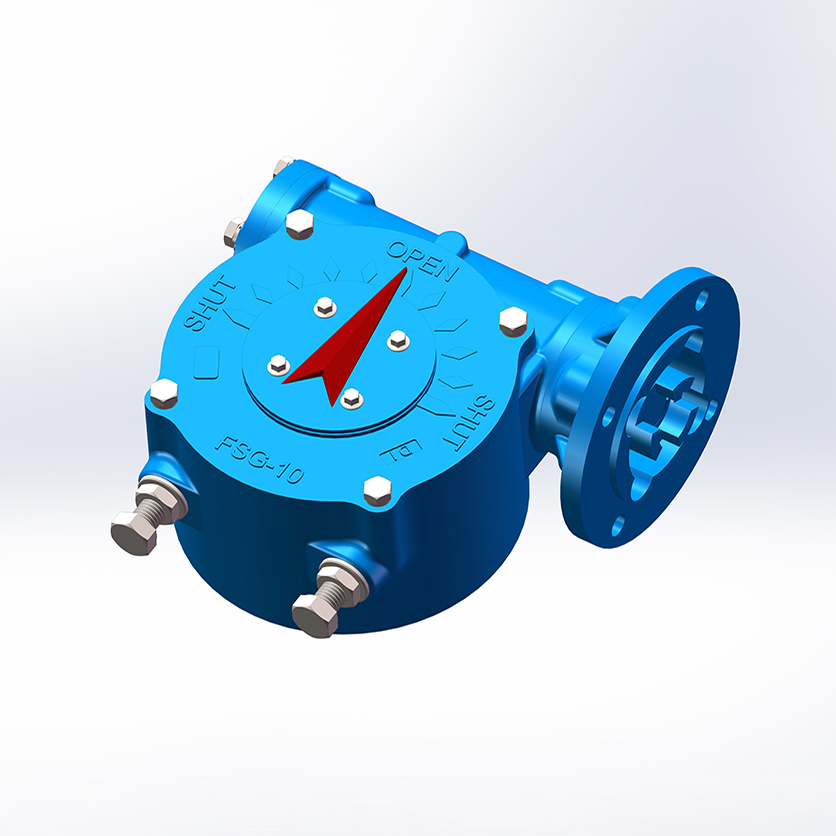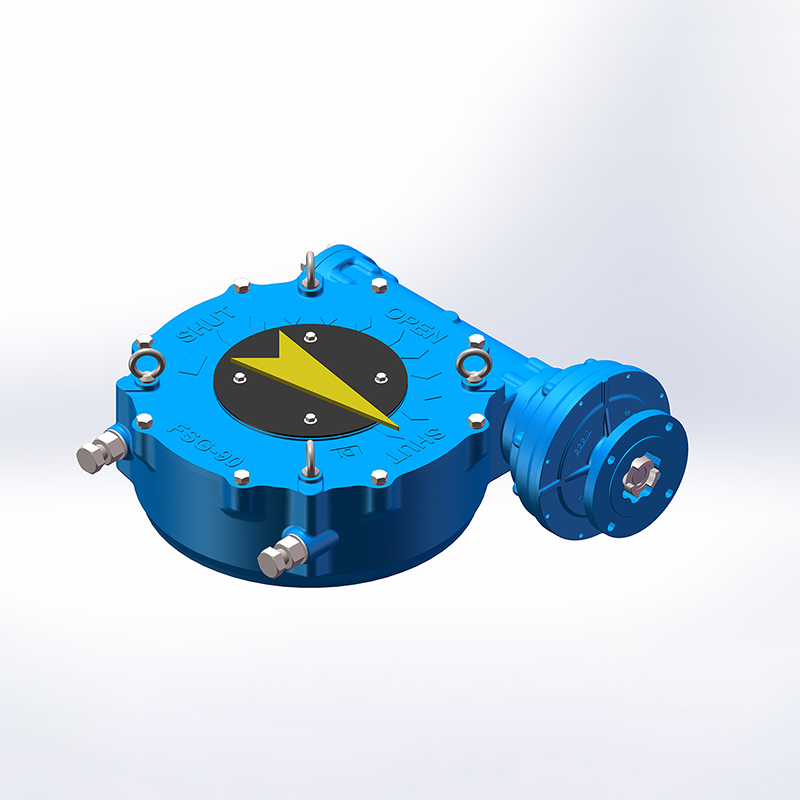The best of EcoWatch right in your inbox. Sign up for our email newsletter!
Founded in 2005 as an Ohio-based environmental newspaper, EcoWatch is a digital platform dedicated to publishing quality, science-based content on environmental issues, causes, and solutions. FSG Series

Canvus, a startup company based in Avon, Ohio, is reusing blades from old wind turbines to make furniture.
Wind turbines have a lifespan of about 30 years, according to the U.S. Department of Energy, although blades frequently need to be replaced sooner than that. After a turbine is decommissioned, the blades are often sent for disposal in landfills.
Although much of the entire wind turbine can be recycled, the blades are typically made from fiberglass, which is difficult to separate into different materials for recycling, as the Union of Concerned Scientists explained.
Instead of going to landfills, these blades are being repurposed by Canvus, a company that uses the materials to make what it calls “functional art” for public spaces.
The company’s creations include multiple types of benches as well as picnic table sets. In addition to incorporating the old wind turbine blades, Canvus uses other reclaimed materials as well, such as recycled aluminum for bases and frames and rubber seating made from recycled tires and shoes. As CleanTechnica reported, the company also uses materials like post-consumer carpeting and rice hulls to make its products and help keep materials out of landfills.
Products currently come in three different neutral colors or may be uniquely hand-painted by artists with the company’s Primed And Ready (PAR) finishes. Prices range from around $5,900 to $9,800.
To make cutting down the blades and transporting them easier, Canvus offers a service to cut the turbines on-site for processing. From there, the company also says it “will coordinate all logistics from the wind farm to one of its many depots or manufacturing facilities across the United States. Blades will be shipped using flatbed or step-deck trailers and specialized racks ensuring safe transport to its final destination.”
At the manufacturing facility, blades are transformed into public furniture pieces. Blades that can’t be used for furnishings or any by-products are later shredded for different uses, such as adding to cement as an aggregate.
A post shared by Canvus (@canvusworld)
Several cities have already begun incorporating the furnishings into their public spaces, including North Chicago, Illinois; Colorado Springs, Colorado; Tehachapi, California; and Avon, Ohio, where Canvus is based.
Other companies are also looking into ways to reduce waste of wind turbine blades. Companies Stora Enso and Voodin Blade Technology GmbH are collaborating on developing wooden blades that would be easier to recycle.
Further, researchers at Michigan State University have been developing a new type of composite resin for blades that would protect the blades from poor weather conditions while still boosting recyclability. According to the researchers, the composite resin could be recycled into a variety of products, including safe-to-eat gummy bear candies.
By signing up, you agree to the Terms of Use and Privacy Policy & to receive electronic communications from EcoWatch Media Group, which may include marketing promotions, advertisements and sponsored content.
By signing up, you agree to the Terms of Use and Privacy Policy & to receive electronic communications from EcoWatch Media Group, which may include marketing promotions, advertisements and sponsored content.
The best of EcoWatch right in your inbox. Sign up for our email newsletter!

Wheel Worm Experts for a healthier planet and life.